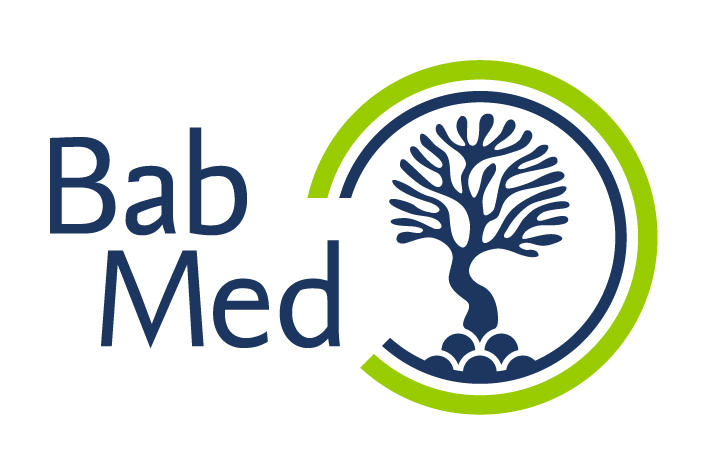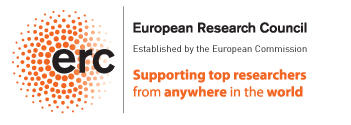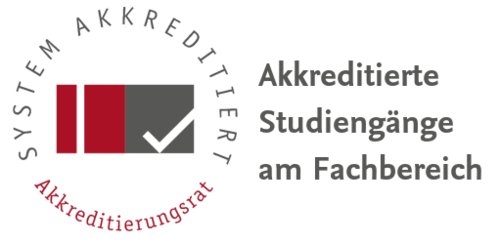Fragments of Cuneiform Medicine in the Babylonian Talmud: Knowledge Transfer in Late Antiquity (BabMed)
PI Markham J. Geller ‒ Professur für Wissensgeschichte
Kontakt: Agnes Kloocke, Koordination Projekt/Finanzen babylonian-medicine@geschkult.fu-berlin.de

Link to the BabMed project website, providing information about current activities of the BabMed project; further news about ancient medicine may be found at our BabMed Blog.
For the direct link to cuneiform medical texts, go to BabMed Online Corpora or click directly to the link given below to any subcorpus you would like to work with.
The cuneiform medical text corpora made available online are constantly being updated and expanded. To date, transcripts and links are available for about 650 cuneiform tablets and fragments grouped in subcorpora:
Assyrian Medical Texts (AMT), Teil 1, Tf. 1-50
Assyrian Medical Texts (AMT), Teil 2, Tf. 51-107
Babylonisch-assyrische Medizin I
Babylonisch-assyrische Medizin II
Babylonisch-assyrische Medizin III
Babylonisch-assyrische Medizin IV
Diverse
Altbabylonische Medizin, Physiognomie und verwandte Verhaltensomina
Mittelassyrische und mittelbabylonische Medizin, Physiognomie und verwandte Verhaltensomina
Physiognomie
Göttertypen-Texte
Diagnostisches Handbuch
BabMed represents the first comprehensive study of ancient Babylonian medical science since the decipherment of the cuneiform writing system. The BabMed project aims to make Babylonian medical texts and knowledge – the largest ancient collection of medical data before Hippocrates – available not only to specialists, but also to the wider public as well. This is a key objective since almost all of these texts have, so far, only been published in cuneiform copies or remain completely unpublished; these materials are difficult to access for Assyriologists not already familiar with them, and entirely inaccessible for the broader scientific community. The efforts of the BabMed Project will make these materials generally available for the first time.
The second central objective of BabMed is to study medicine in the Babylonian Talmud, in order to explore comparisons with later medical traditions from the same region in Aramaic, another language of ancient Mesopotamia. BabMed proposes that Babylonian medicine survived the death of cuneiform script and was preserved, in part, in the local Aramaic of the Babylonian Talmud – a unique text which straddles the borders of Greco-Roman Palestine and Persian Babylonia and mirrors the scientific thinking of both worlds.


